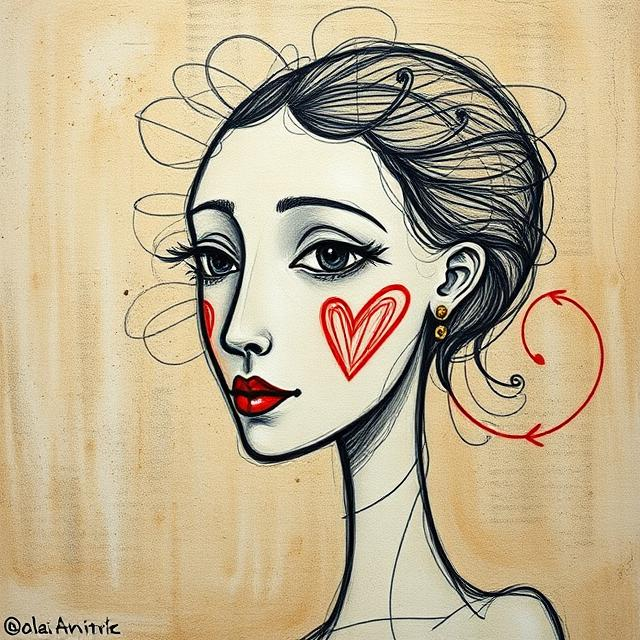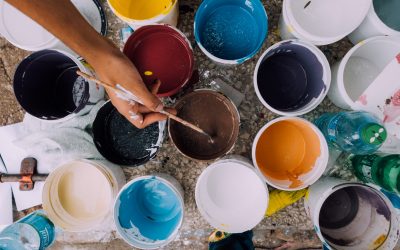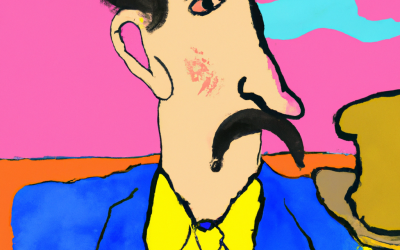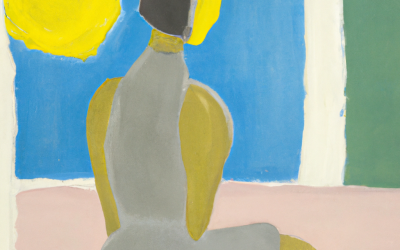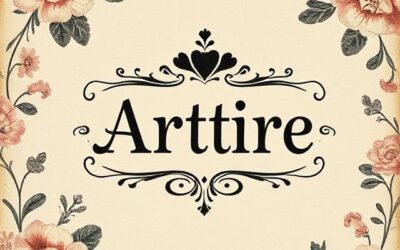Unleashing Creativity One Sob, Scream, or Sketch at a Time
Artists, let’s face it: you’re a walking paradox. You can turn a stray coffee stain into a gallery-worthy abstract, yet you’ve also spent hours debating whether your latest piece is genius or garbage—or both. Your emotions are your superpower, but they’re also the kryptonite that leaves you staring at a blank canvas, muttering, “Why am I like this?” If that sounds familiar, Emotional Release Therapy (ERT) might just be the creative defibrillator you didn’t know you needed.
This isn’t about turning your studio into a tear-soaked melodrama (though no judgment if it already is). It’s about harnessing those wild, messy feelings and channeling them into your art—without losing your mind in the process. In this article, we’ll explore how Emotional Release Therapy can help artists banish creative blocks, transform pain into paint, and maybe even make peace with that one sketch you’ve been avoiding since the Obama administration.
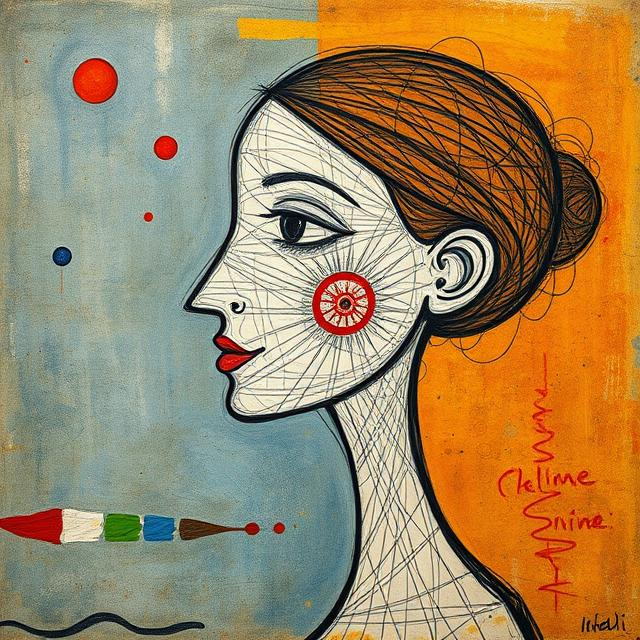
What Is Emotional Release Therapy? (Spoiler: Not Just Crying Over Spilled Paint)
Before you picture a drum circle or a sage-smudging session, let’s clarify: Emotional Release Therapy is a grounded approach to identifying, processing, and letting go of bottled-up emotions. It might involve a therapist’s guidance or simple solo techniques like breathing exercises, writing, or a brisk walk with purpose. One well-known example is The Sedona Method, which uses questions like “Could I let this go?” to gently release emotional weight. Think of it as a tune-up for your inner world—because artists, you’re carrying around a lot in there.
Why does this matter to you? You’re not just making art; you’re wrestling with life itself. Every line, note, or sculpted curve holds a sliver of your joy, frustration, or quiet unease. When those feelings get tangled, your creativity can stall. Emotional Release Therapy clears the path, letting inspiration flow smoothly instead of tripping over itself. It’s less eccentric than it sounds—and more useful than another motivational poster.

Creative Blocks: The Silent Thief (and How ERT Fights Back)
Imagine the scene: your workspace is prepped, your coffee’s fresh, and… nothing happens. The blank page stares back, unblinking. The clay sits there, unimpressed. Creative blocks sneak up on artists like an uninvited guest, and they linger longer than that one critique you’re still mulling over years later. You’ve tried the usual tricks—doodling, scrolling for ideas, or reorganizing your pencils—but what about facing the feelings behind the standstill?
Emotional Release Therapy can help you spot what’s really going on. Maybe it’s doubt whispering that your work won’t measure up. Perhaps it’s a memory of someone casually dismissing your style. Or it could be the annoyance of realizing your favorite ink ran dry mid-sketch. ERT lets you name those emotions, sit with them briefly, and then move them along. Techniques like visualizing your block as a fleeting shadow or shaking it off with a quick stretch can shift the energy. The Sedona Method, for instance, might have you ask, “Can I welcome this feeling?”—a small step that often loosens the grip.
Suddenly, that empty space feels less daunting—like an opportunity rather than a challenge. Next time you’re stuck, ERT might just be the nudge your muse needs.

Turning Emotion Into Art: The Quiet Magic of ERT
Artists have a gift for spinning life’s mess into beauty. Van Gogh’s starry skies weren’t just pretty—they were his restless mind in motion. Frida Kahlo took pain and made it bold, unforgettable. You might have your own stash of feelings waiting to become something extraordinary—maybe a painting, a song, or that quirky idea you’ve been mulling over during late-night coffee runs.
Emotional Release Therapy helps you tap into that stash without getting lost in it. Rather than letting unprocessed emotions simmer into a vague fog, ERT guides you to feel them fully and then let them go. Frustration might sharpen into crisp, decisive lines. A pang of sadness could soften into a melody that lingers. That odd mix of nostalgia and restlessness? Perhaps a piece that catches someone’s eye at the next market. It’s a gentle kind of alchemy—therapy with a side of creative payoff.
Here’s the process: feel the emotion—say, disappointment from a passed-over submission—then release it through action. Write it down, take a deep breath, or splash it onto a canvas. The Sedona Method might suggest asking, “Would I let this go?”—and with a quiet “yes,” you’re free to create. Before you know it, you’ve got a new series brewing.
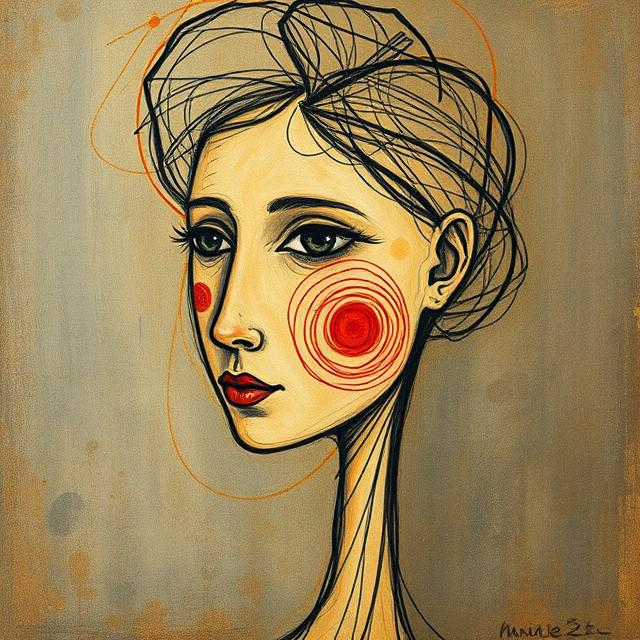
The Artist’s Toolkit: ERT Techniques Tailored for You
Artists feel things deeply—it’s part of the job description. A fleeting sunset might spark a whole project, or a minor setback might derail your week. Emotional Release Therapy offers tools to manage that depth without letting it take over.
Here’s a handful of techniques with a creative twist:
1. Breathwork: A Quiet Reset
Slow, deliberate breathing can steady you when emotions run high. Inhale possibility; exhale the nagging thought that your latest piece isn’t “good enough.” It’s simple and doesn’t require a budget beyond what you’re already spending on art supplies.
2. Body Movement: Step Away the Stagnation
Feeling stuck? Move. A quick walk, a stretch, or even a subtle sway to your favorite tune can loosen what’s holding you back. It’s less about choreography and more about giving your body a say.
3. Vocal Release: Let It Out, Softly
No need for a full-on aria—just a low hum or a whispered rant can do the trick. Find a private corner and let your voice carry what’s been sitting heavy. It’s oddly satisfying, and your plants won’t judge.
4. Journaling: Words Meet Doodles
Grab a notebook and let your thoughts spill out. Jot down that gallery rejection, then sketch it as a tiny blip on your bigger journey. It’s a release that might double as your next concept.
5. Guided Visualization: Picture the Possibilities
Close your eyes and imagine your creative hurdle as a passing cloud. See it drift away, leaving clear skies for your next idea. The Sedona Method might add a twist—ask, “Could I let this feeling go?”—and watch it fade. It’s a calm way to reset when your mind’s buzzing.
These aren’t just fixes—they’re sparks. They keep your energy moving so your art can follow suit.
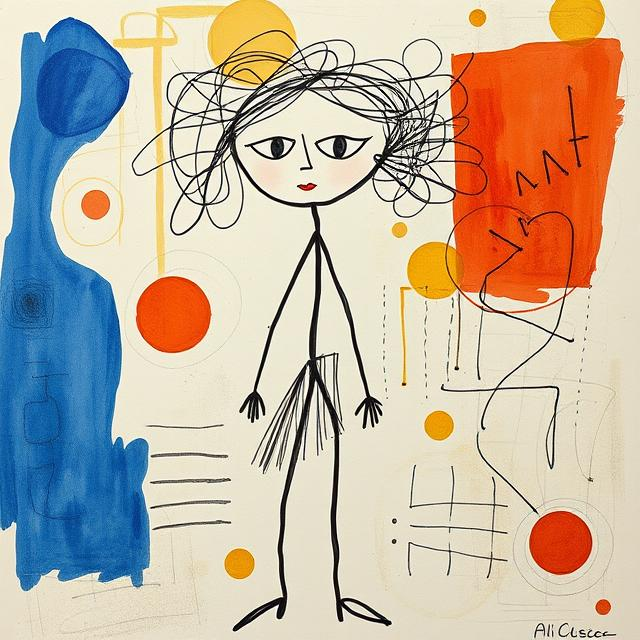
A Gentle Nudge: You Don’t Need to Suffer for Your Art
The “tortured artist” label has had its day. You don’t need to brood in a dimly lit corner or wrestle with despair to create something meaningful. Emotional Release Therapy lets you feel deeply without letting it define you. You might still get misty-eyed over a perfect shade of blue—that’s just who you are—but it’ll be because you’re inspired, not unraveling.
ERT keeps you steady. You’ll still have your quirks, like collecting half-used sketchbooks or debating color theory with yourself at 2 a.m., but you’ll turn that energy into work rather than worry. It’s less about chaos and more about clarity.
Productivity Boost: ERT for the Deadline-Dodgers
Deadlines and artists mix about as well as oil and water. You’ve got a piece due soon, but you’re suddenly fascinated by the texture of your studio wall. Emotional Release Therapy can cut through that distraction by addressing what’s really stalling you—maybe fear of imperfection or irritation at the client’s vague brief.
Pause for a breath, scribble out the tension, or step outside for a moment. Let go of the guilt about starting late—perhaps with The Sedona Method’s “Can I let this go?”—and watch how quickly you shift gears. That project you’ve been avoiding? Halfway done. That tune you’ve been humming? On paper. It’s a gentle push your future self will appreciate.
FAQ: Quick Answers for Curious Creators
What’s the best ERT technique for artists?
It’s personal. Writing suits the introspective; movement fits the restless. The Sedona Method works for those who like a structured question-and-answer approach. Experiment—your art will hint at what clicks.
Can ERT really tackle creative blocks?
Yes. It clears out emotional clutter—like doubt or past critiques—freeing up space for ideas. The evidence is in the trying.
Do I need a professional for ERT?
Not always. Guided help is great, but solo options like breathing, journaling, or The Sedona Method work too. Start small and see.
Will it get messy—emotionally speaking?
Possibly. A few tears might sneak out, but it’s more refreshing than overwhelming—like a light rain on dry ground.
Why ERT Is Your Creative Ally
So, how can artists benefit from Emotional Release Therapy? It’s a steady hand when your emotions swirl, a key to unlocking stalled ideas, and a way to keep creating without burning out. Whether you’re wrestling with doubt, mining inspiration, or racing the clock, ERT quietly supports you. The Sedona Method is just one path—its simple questions can turn a heavy moment into a lighter one, leaving room for your next spark.
Your muse—and that project you’ve been meaning to finish—will thank you. Now, go make something remarkable, you wonderfully complex creator. The world’s ready for it.

